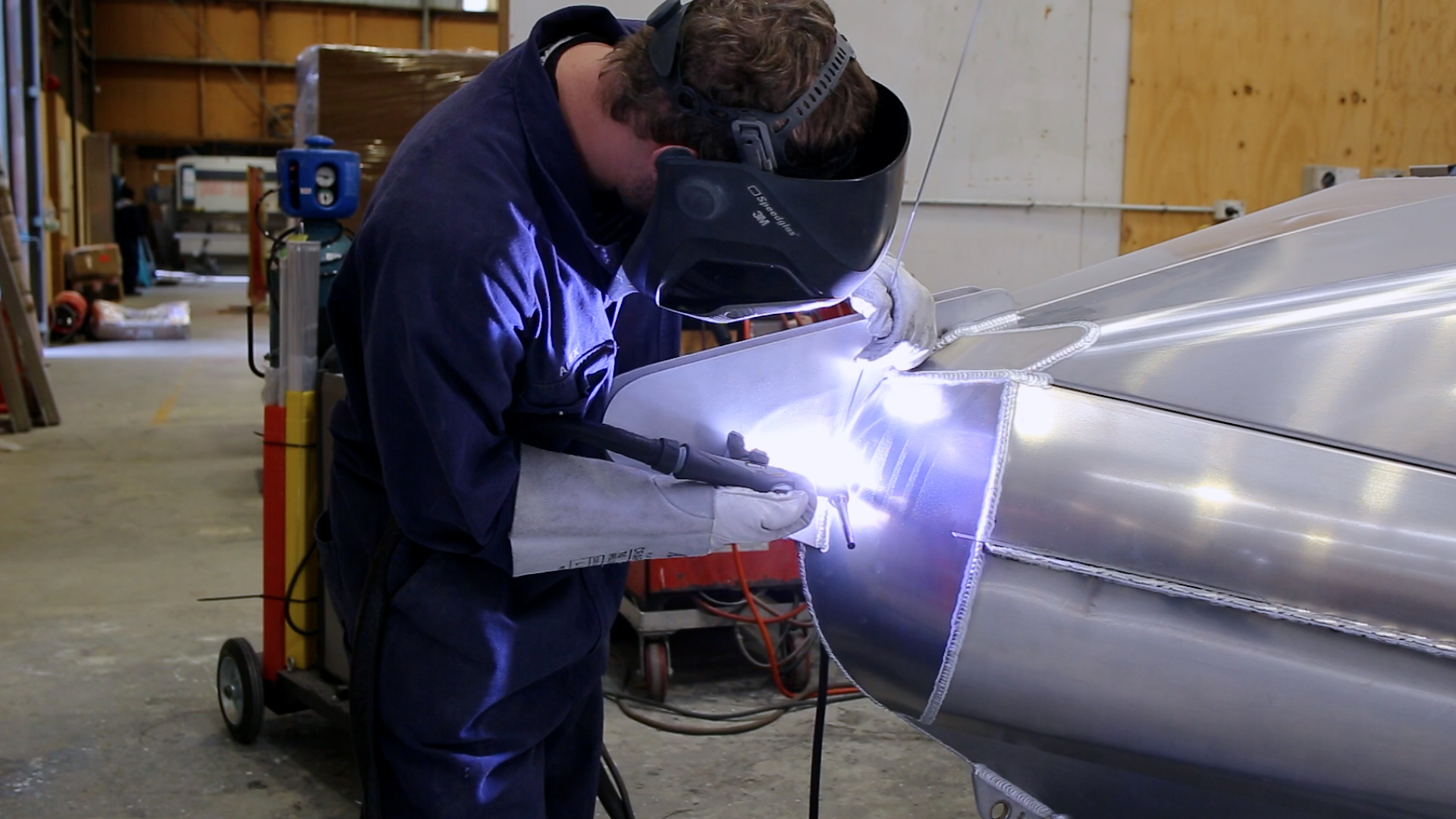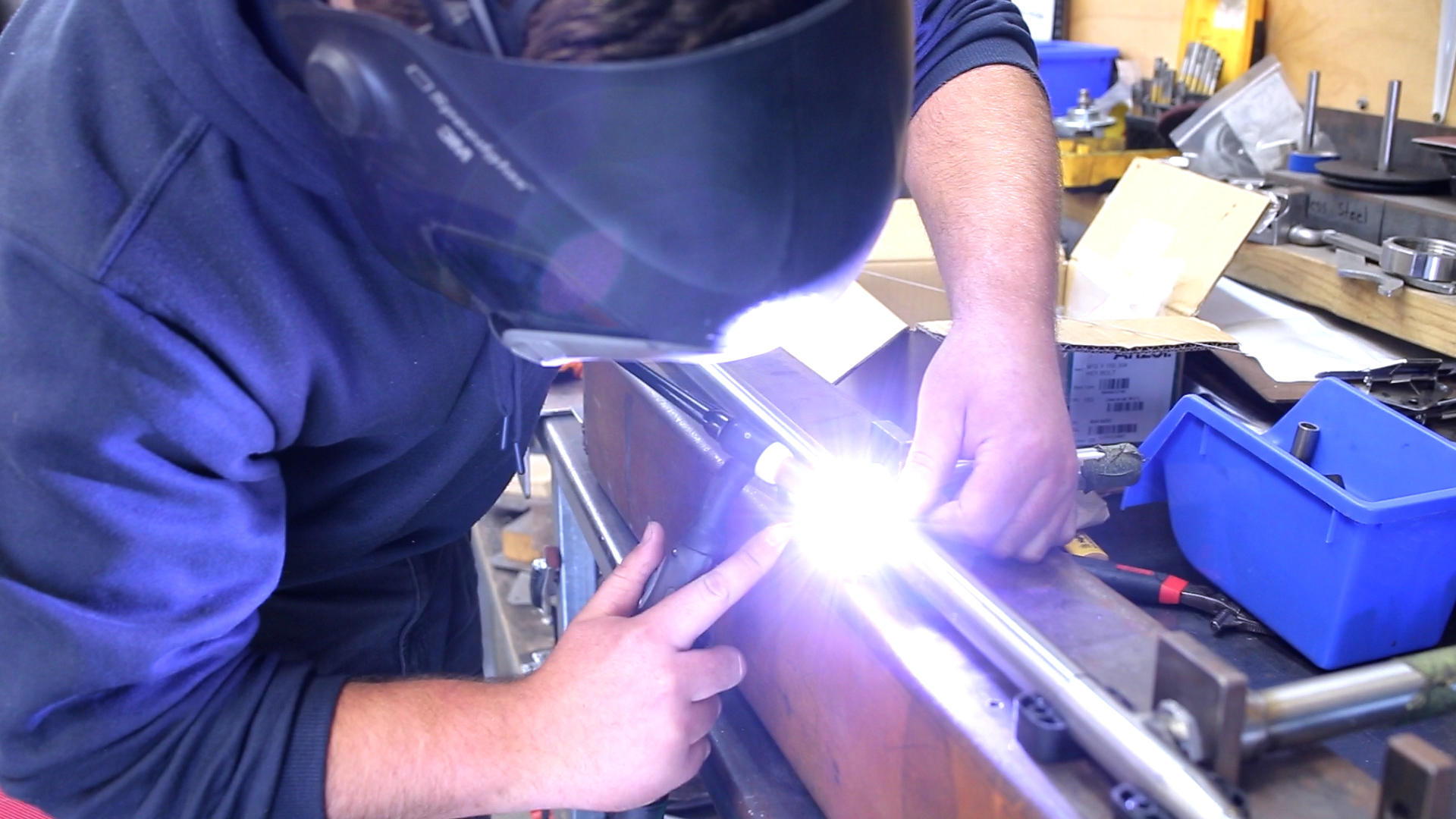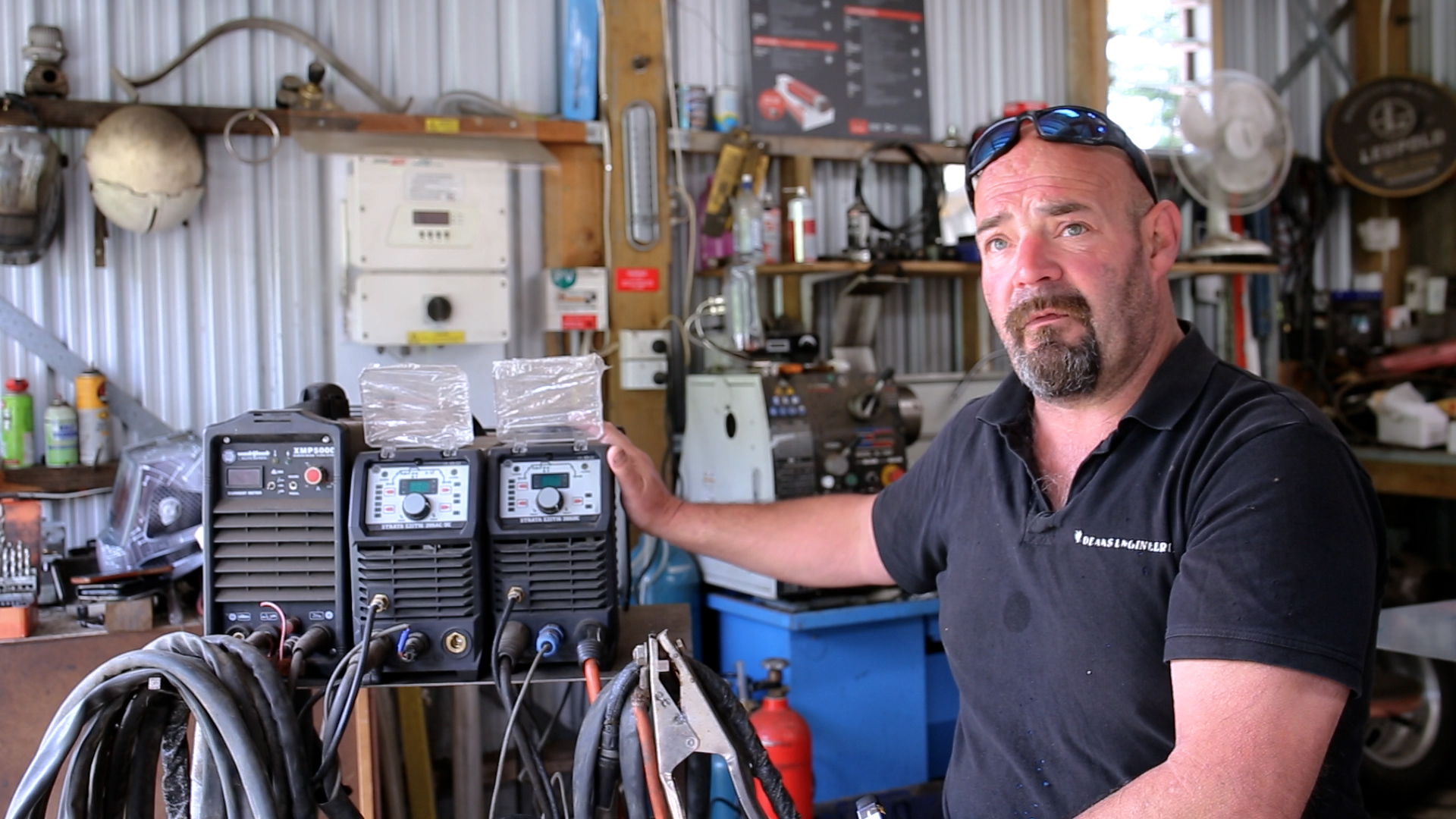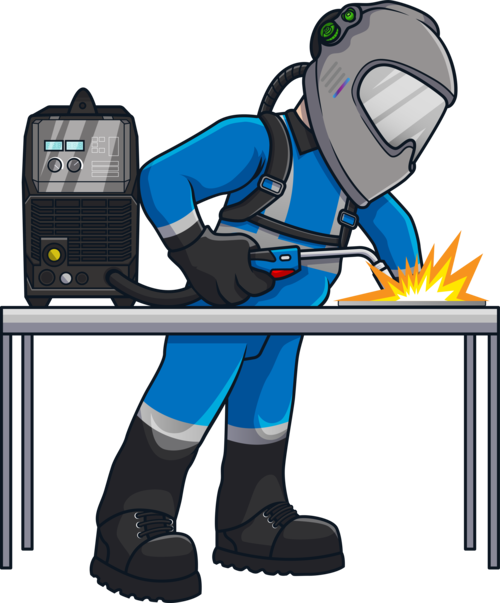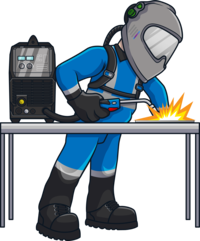Table of Contents
.jpeg)
Have you ever wondered why some welds turn out clean and strong while others are a mess? It's not always about your welding skills; the electrical current you use plays a huge role in how your welds look and hold up.
When it comes to TIG welding (which stands for Gas Tungsten Arc Welding), choosing the right current, DC (Direct Current) or AC (Alternating Current), can be the difference between a smooth weld and a frustrating one. DC and AC affect how the arc behaves, how much heat goes into the metal, and which materials you can weld properly.
This post will briefly summarise everything you need about DC and AC TIG welding. You'll learn when to use each, how they work, what machines are best for each, and how to avoid common mistakes. If you're starting welding and want to do it right, you're in the right place.
What Is TIG Welding?
TIG welding is a process that uses a tungsten electrode to create an electric arc. This arc melts the metal you're working on, letting you join two pieces together. A shielding gas, usually argon, protects the weld from air and contamination.
People like TIG welding because it gives clean, accurate results. It's great for thin materials, small jobs, or when you want your weld to look neat. But to get the most out of TIG, you must understand how the current works.
Understanding Current Types in TIG Welding
In TIG welding, the current can flow in two ways:
- DC (Direct Current): The electricity flows in one direction only. It's steady and smooth.
- AC (Alternating Current): The electricity changes direction frequently every second.
Each type of current is better for different metals and situations. Let's look at DC first.
DC TIG Welding: Best for Steel and Stainless Steel
DC TIG welding is the most common method welders use, especially when working with steel, stainless steel, copper, or chrome. It gives a stable arc and deep weld penetration.
There are two ways to set up DC TIG welding:
1. DC Electrode Negative (DCEN)
This is the standard setup. The tungsten electrode is connected to the negative side of the circuit, and the metal you're welding is on the positive side.
What happens:
- Around 70% of the heat goes into the workpiece.
- 30% of the heat stays at the tungsten electrode.
- This gives deep penetration into the metal.
- The tungsten stays cooler, so it lasts longer.
This setup works well for most steels and gives strong, clean welds with significant control.
2. DC Electrode Positive (DCEP)
In this setup, the tungsten is positive, and the workpiece is negative.
What happens:
- 70% of the heat goes into the tungsten.
- Only 30% goes into the metal.
- The tungsten gets too hot and can melt or contaminate the weld.
Because of this, DCEP has rarely been used for TIG welding. It doesn't work well for actual welding jobs, but it does have one small benefit: it can help clean oxides off aluminium. Still, it's not practical to use on its own.
Example: Strata EziTig200DCi – A DC-Only TIG Welder
The Strata EziTig200DCi is an excellent example of a professional TIG machine for DC welding. It's perfect for working with mild steel and stainless steel.
Key features:
- 200A output for plenty of welding power.
- Inverter technology gives a smooth, stable arc.
- Lift TIG and HF (High-Frequency) start options are available. HF start lets you begin welding without touching the tungsten to the metal.
- Spot and cold arc modes, perfect for thin materials or precision work.
- Lightweight and portable, only 12.5kg, easy to carry around.
- Generator-friendly, can run on-site with power from a generator.
- An intelligent cooling system and digital controls allow for easy adjustments.
This welder is ideal for workshops, site maintenance, and fabrication jobs that involve steel and stainless steel.
AC TIG Welding: Best for Aluminium and Magnesium
AC TIG welding is the go-to method when welding aluminium or magnesium. These metals form a layer of oxide on the surface that's hard to melt. Regular DC welding doesn't work well here.
With AC, the current switches direction quickly, back and forth between positive and negative, about 100 times per second.
What this does:
- The positive half of the cycle cleans the oxide layer off the surface.
- The negative half melts the metal and gives penetration.
- This back-and-forth action makes it possible to weld aluminium cleanly.
AC TIG is also useful when welding on magnetised steel, because the constant switching cancels out magnetic interference (called arc blow).
Old vs Modern AC Welding
Old TIG welders used sine wave AC, which gave a soft, wavy flow of electricity. It worked, but wasn't very stable.
Modern TIG machines use square wave AC, which switches directions fast and gives a stronger, more focused arc. This is much better for aluminium welding.
Extra AC Settings That Help Beginners
Many AC-capable TIG machines come with extra settings to make welding easier and more precise:
1. AC Frequency Control
- This changes how many times per second the current switches direction.
- A higher frequency creates a narrower arc.
- This helps you weld tight joints or thin parts more accurately.
2. AC Balance Control
- This adjusts how much time is spent on the positive vs. negative cycle.
- More positive time = better cleaning of oxides.
- More negative time = deeper weld penetration and cooler tungsten.
- You can adjust this based on how dirty the metal is or how deep you want to weld.
Example: Strata EziTig200ACDCi – A Full AC/DC TIG Welder
If you plan to weld aluminium, you'll need an AC-capable machine. The Strata EziTig200ACDCi combines AC and DC welding in one unit.
Top features:
- 200A power output.
- AC and DC pulse modes help control heat, especially on thin materials.
- Spot welding mode for neat, small welds.
- Lift TIG and HF start options.
- 2T/4T torch modes, useful for long welds or repetitive work.
- Remote control support, can be used with a foot pedal or torch buttons.
- Rugged design, generator-ready, and easy to carry.
This machine is a wise choice if you work with different types of metal and need flexibility.
Which TIG Welder Should You Choose?
Pick a DC-Only TIG Welder If You Mainly Weld:
- Mild steel
- Stainless steel
- Copper or similar metals
DC-only welders are usually lighter and more affordable. They're perfect for welding ferrous (iron-based) metals.
Pick an AC/DC TIG Welder If You Want to Weld:
- Aluminium
- Magnesium
- A mix of different metals
AC/DC welders give you more options and control. They're a bit more expensive, but worth it if you need to tackle many jobs.
Extra Features Beginners Should Look For
Whether you're choosing a DC-only or AC/DC machine, here are some helpful features to look for:
- HF Start: Touch-free arc starting to keep the tungsten clean.
- Pulse Mode: Helps manage heat and avoid burning through thin materials.
- Spot Welding Mode: Great for small, repeatable welds.
- Foot Pedal Control: Let's you adjust the power while you weld.
- Digital Controls: Makes setting adjustments easier and more accurate.
Tips to Avoid Common Welding Problems
1. Don't Contaminate the Tungsten
If the tungsten touches the molten pool, it can get dirty and affect the arc. Use HF to start to avoid touching the metal when starting the arc. Always keep the tungsten sharp for DC and slightly rounded for AC.
2. Watch for Arc Instability
If the arc is jumping or flickering, it could be because of bad settings, dirty tungsten, or poor gas coverage. Ensure you have the proper gas flow (around 6–8 L/min for argon) and keep everything clean.
3. Manage Heat on Thin Materials
Use pulse mode to control heat. It quickly switches between high and low current, letting the metal cool slightly between pulses. This helps prevent warping or melting thin sheets.
Quick Summary: When to Use AC or DC in TIG Welding
| Material | Use This Current | Recommended Machine |
| Mild Steel | DCEN | Strata EziTig200DCi |
| Stainless Steel | DCEN | Strata EziTig200DCi |
| Aluminium | AC | Strata EziTig200ACDCi |
| Magnesium | AC | Strata EziTig200ACDCi |
| Thin Sheet Metal | DC or AC with Pulse | Both Models (with Pulse Mode) |
| Mixed Materials | AC/DC | Strata EziTig200ACDCi |
Choose the Right Welder for the Job
The type of current you use in TIG welding can make or break your project. Use AC for aluminium and magnesium because it removes the oxide layer and improves fusion.
If you're just getting started, begin with DC and steel to practice. Then, once you're ready, move on to AC and aluminium with a complete AC/DC machine.
Proline Industrial offers reliable TIG welders like the Strata EziTig200DCi and EziTig200ACDCi to help you do the right job. Whether you're building, fixing, or fabricating, choosing the right machine makes TIG welding easier, cleaner, and more fun.













































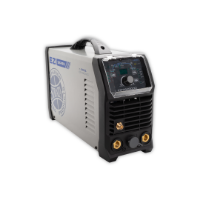
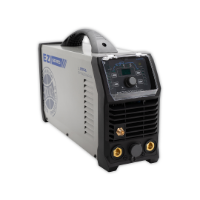
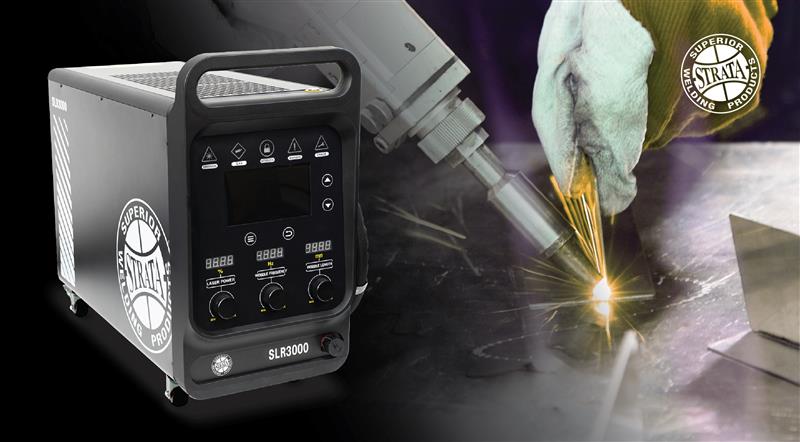
.jpeg)
